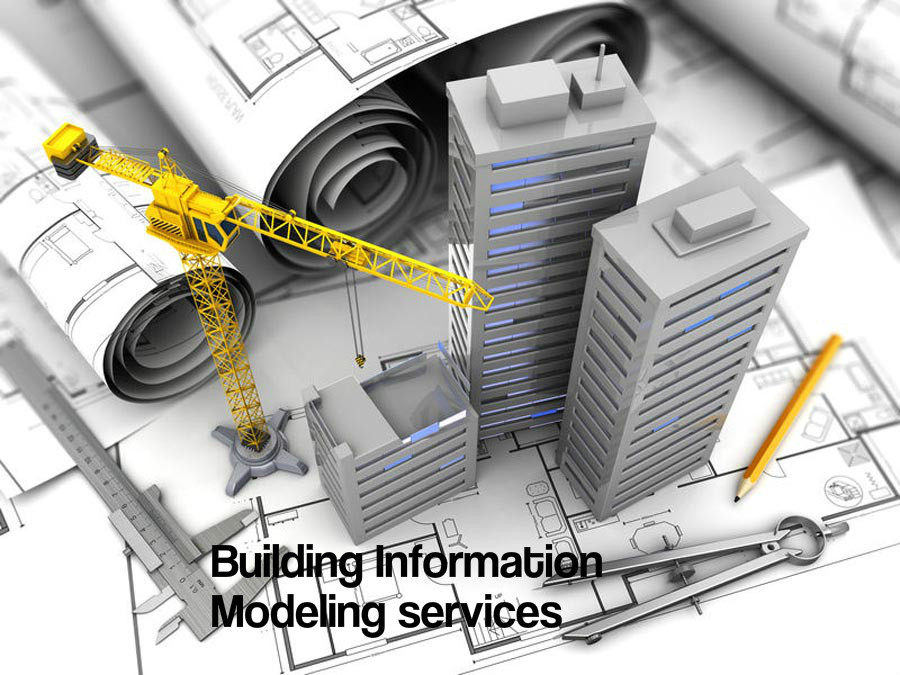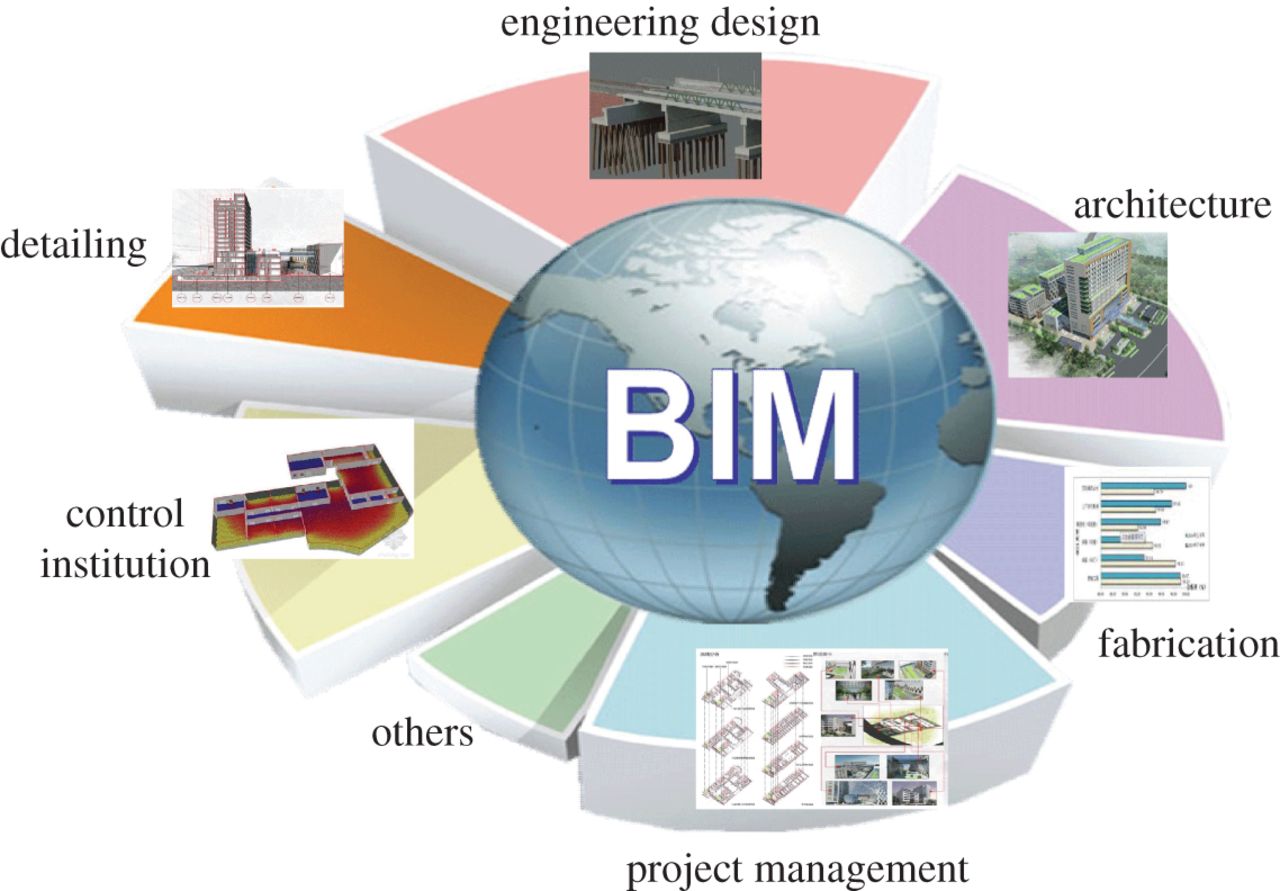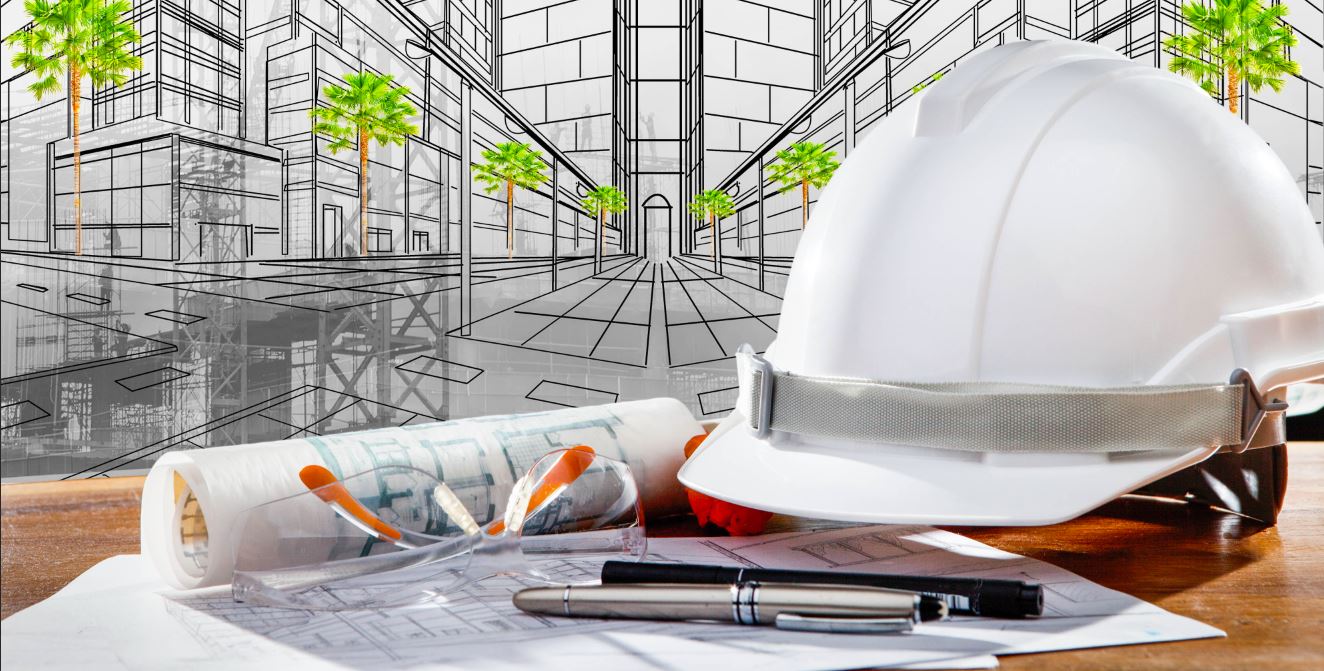
While BIM construction services rely heavily on data gathering and collaborative 3D building design processes that can be performed from a desk, there still lie many safety risks for on-site staff. BIM service providers of the highest caliber realize this and take steps to ensure workplace safety for their field staff. We hope you’re one as well!
Every nation has their own set of workplace safety standards for construction sites. In the states, this standard is provided by the Occupational Safety and Health Administration (OSHO) branch of the Department of Labor. The OSHO has found that fatal injury rates are highest in the construction industry, which is something we hope to eliminate, by creating awareness about the safety risks in BIM construction services.
- Scaffolding Risks
Scaffolds are temporary structures created to assist in construction. These structures are often loosely erected or used improperly and are one of the largest safety risks in construction sites globally.
To minimize scaffolding risks, these structures should be anchored on stable, solid ground. Scaffolding should be able to support its own weight, in addition to four times the maximum weight of intended use. It should also have guard rails at every level. - Falling Risks
BIM service providers need to pay extra attention to falling risks, which account for the largest number of fatalities in construction today! Falls can occur due to human error, unstable platforms and lack of fall-protection equipment.
Falling risks can be mitigated by installing aerial lifts for high rise projects, erecting guardrails on elevated platforms and providing your construction crew with body harnesses. - Excavation Risks
BIM construction services involving excavation, make frequent use of trenches – a deep hole dug in the ground that workers usually stand in to complete tasks. Trench collapses can cause surrounding walls to fall around workers, burying them. Trench collapses have a surprisingly high fatality rate, but can be prevented.
Trenches should always be inspected by an expert. Factors such as soil type, depth of trench and angle of slope in a trench, heavily influence the design of trench protection systems. Trenches should always have a way to exit, such as a ladder within no more than 25 feet, and for trenches that are deeper than 20 feet, BIM service providers are required to hire an engineer to design a protective system. - Ladder Safety
While the risk of ladder falls are on the low end of the workplace safety spectrum, there are a sizeable number of fatalities annually, caused by defective ladders.
It is important to note, that there are a wide variety of ladders, all suited for different tasks. Make sure you educate field staff on the correct use of ladders. Ensure that the ladder in use is of the correct length and be sure to label defective ladders as ‘damaged’!
Technostruct prides itself for its safe and reliable BIM construction services. Learn more about our safety procedures and internationally leading BIM designs at https://www.technostruct.com/



